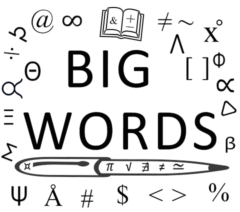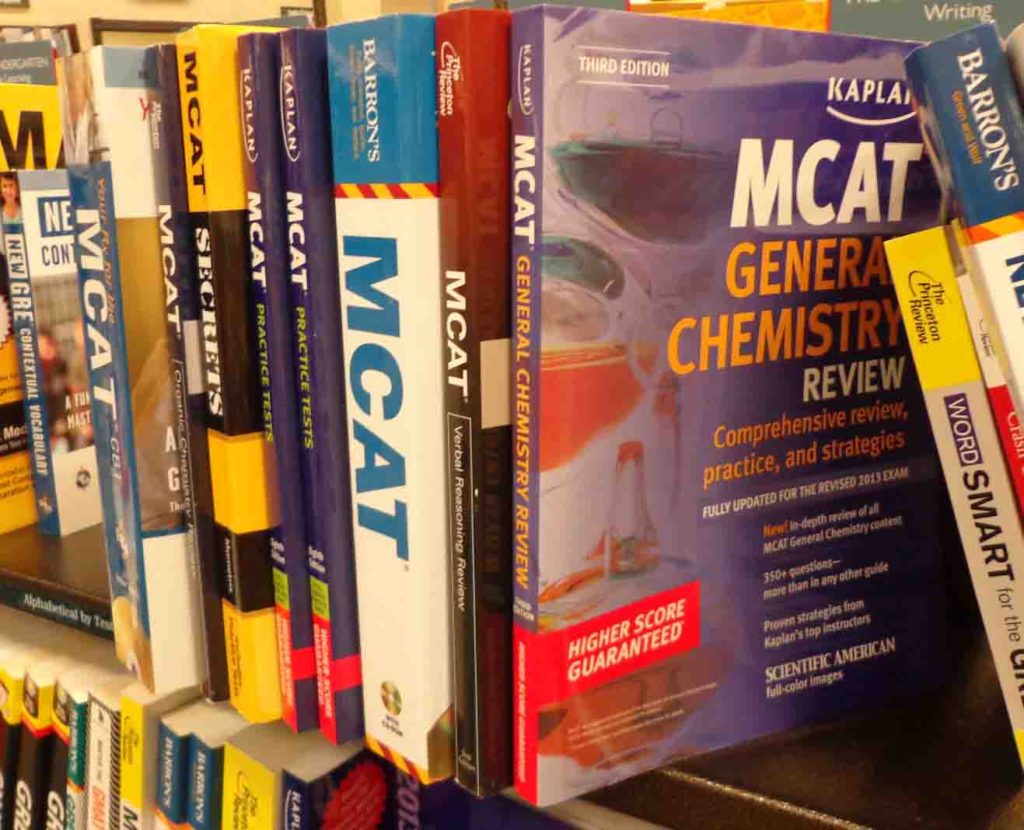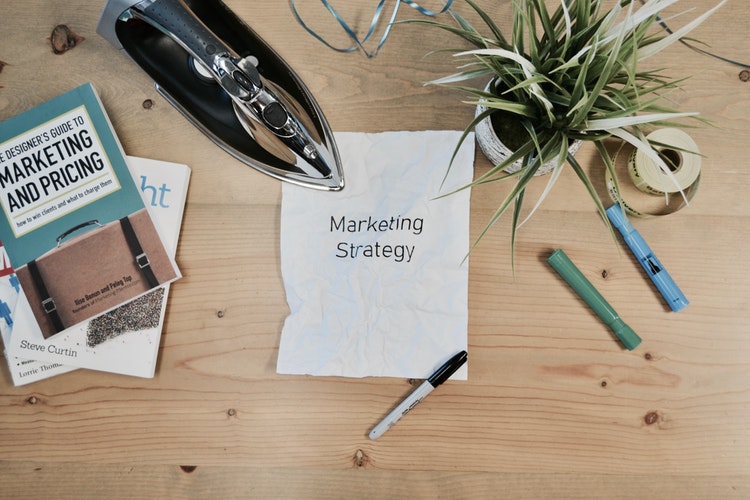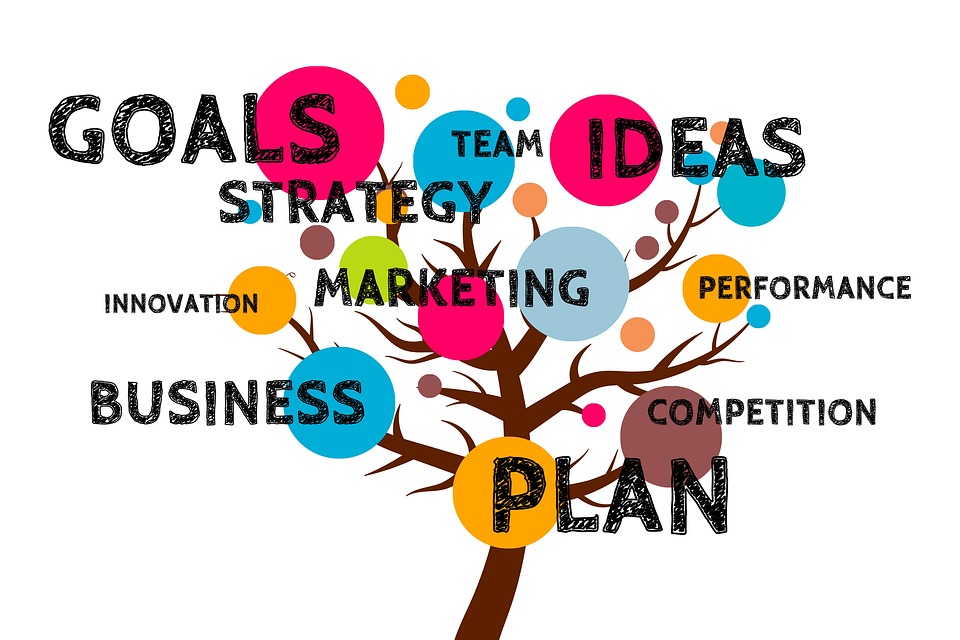Two of the focuses of my blog are Financial Literacy/Money and Business/Entrepreneurship. No matter what you business is, your customers are you lifeblood. Sales are the ultimate indicator of whether or they like your products and services, but today there other ways to gauge this. The following contributed is thus entitled, How Can You Tell If Your Customers Like You.
* * *
Businesses need to know whether what they’re doing is the right thing. But what actually constitutes “the right thing” can be difficult to ascertain. Customers are often mysterious creatures and won’t willingly write a report on company performance.
How your company performs in the eyes of customers, though, is paramount. It’s customers who ultimately decide whether the company lives or dies and whether you end up making money in the end. If they don’t like what you’re selling, your bottom line will suffer, and you could ultimately go out of business.

Companies need to do marketing research to find out whether customers actually like their product, but that process itself is fraught with difficulties. For starters, people are getting tired of filling out endless surveys and reviews online for products that they buy. It’s hard enough finding the products you want and ordering them, let alone writing an in-depth article about their features and how they measured up (although some people do this).
Customers want easier options when it comes to writing reviews, and often just want to give a star-rating out of five. But that doesn’t tend to help companies all that much who need specific feedback about the features of their products. Yes, it gives an overall impression that customers are happy, but not much more than that.
Working out whether customers like something that you do can, therefore, be a challenge. But, as a business owner or manager, there are still plenty of pieces of information that you can use to tell you whether what you’ve created is remarkable or not. Take a look at the following.
Your Customers Keep Coming Back
Okay sure, your customers don’t give you direct, detailed feedback. But if they keep on coming back for more, then it’s sure sign that you’re doing the right thing.
You can see this “coming back for more” effect playing out in some of the world’s most successful companies. Apple, for instance, has seen customers returning year after year each time it releases a new iPhone. For many years after the release of the original iPhone back in 2007, news outlets reported on how Apple was attracting queues of people at midnight for the launch of its new product. Although this has come down from the fever-pitch levels of a few years back, Apple is still riding the same wave. People just love its products and keep coming back for more.
What’s so surprising about companies like Apple is that customers don’t keep coming back because of low prices – the logic of many business leaders today. Instead, they come back because they know that they’re going to get a service that they can’t get anywhere else. Only Apple can do Apple.
In some ways, it’s almost like people can’t live without their Apple products. Life without an iPhone or Mac seems so far removed from how life should be that customers don’t even entertain the possibility of not having one of the company’s products. Regular businesses can take advantage of this idea too: they can harp on about how critical their products are to their customers’ worlds, and how living without them would be a nightmare.
The final thing that keeps customers coming back is usually the uniqueness of the product or customer experience. Obviously, if you’re an online retailer, it’s not as easy to differentiate your product as it would be if you were a product manufacturer, like Apple, but you can still focus on the customer experience elements that keep people coming back. One of the reasons Walmart has been so successful over the years has been its strategy of always welcoming customers in its stores and trying to serve them on an individual basis, even though it is going for the mass market. People will come back if they enjoy the overall experience and will weigh this against the prices on offer.
Your Customers Talk About What You Do
How can you tell that customers like Tesla Motors? Because they talk about the company of their own volition. People love the products and the ethos of the company, and they’re more than willing to spread the word about the firm’s products on Tesla’s behalf with no direction from the company itself.
Tesla is an unusual business in so many ways. But perhaps the most remarkable thing about it is that it has hardly spent any money on marketing at all. All its spare cash has gone into expanding its production and paying off debts, and it relies almost exclusively on the work of the community to promote its products.
Companies who can delight customers so much that they go out and start spreading the word themselves always win. People are far more likely to believe the claims of their peers than they are the company, and so customer marketing is usually a lot more effective. If you can get your customers to form a community around your business and get them to spread the word about your products, then you’re likely to win big.
Keep an eye on social media sites like YouTube which have high engagement. See whether there are any opportunities for you to reach out to influencers who would be willing to make videos extolling the virtues of your products.
Happy Customers Will Tell You They Like You
It’s hard to know what silent customers are thinking. Sure, they might love your business, or they might hate it, but it’s more likely to be that they are indifferent to it. Although that’s not a disaster, it’s also not the best possible situation.
Customers who are enthralled by your products will tell you about it. Unsolicited positive feedback is a sure sign that you’re doing something right and that you’ve adopted an approach customers like. People aren’t used to receiving impeccable service from companies most of the time, and so if you can deliver, you’re likely to find out about it. Keep track of individual customer stories and see whether a pattern emerges. Ask yourself what they like and what they don’t.













